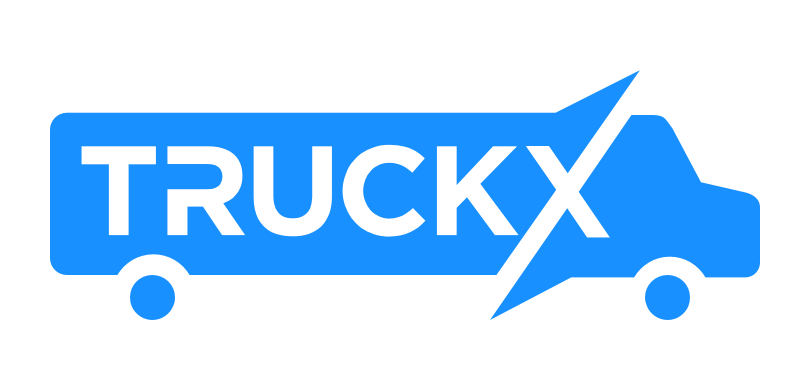A few years ago, a horrific case of truck-jacking that involved a UPS truck and two armed robbers resulted in the death of a bystander and that of the truck driver. This terrifying incident is just one among the many risks trucking companies need to factor into their calculations as they try to put in place stringent safety measures.
The trucking industry in the US is worth billions of dollars and accounts for over 5% of all the full-time jobs in America. Data shows that trucking moves over 71% of the freight in the country. It’s also an inclusive industry that employs a chunk of America’s minority population and veterans too.
2020 was a difficult year. There were huge changes in operating modes. Companies went bankrupt and others merged. Volatile fuel costs also added to industry woes. On the other hand, certain positive developments also took place. The rise of e-commerce opened up new avenues.
The world is getting increasingly interconnected and also creating opportunities in this market. Demand for goods is still at a high. In all, it would seem that 2021 holds a lot of promise.
But in the midst of things, an important detail that can’t be overlooked is safety. Whether it’s related to health or safety on the routes, it’s important for trucking companies to take safety measures to protect their drivers as well as their assets. Here are a few tips to keep in mind:
Follow the rules
There are strict rules about how long truckers are allowed to drive. We’re all intensely aware of the Hours of Service (HOS) rules and of how they aim to reduce accidents caused by tired drivers. Truck driver fatigue contributes to many road accidents and must be avoided.
We know these rules (right?).
- 11-hour driving limit for property carriers, 10-hour driving limit for passenger carriers.
- Drivers must take a 30-minute break when they’ve driven for 8 cumulative hours.
- They should not drive after being on-duty for 60-70 hours. They will need to take 34 or more consecutive hours of rest in between.
- Drivers can split their 10-hour off-duty period as long as one break is 2 hours long, and the other includes spending 7 consecutive hours in the sleeper berth.
- They can extend the 11-hour maximum time limit and 14-hour driving window by up to 2 hours in the event that adverse weather conditions are expected.
ELDs, or Electronic Logging Devices, are mechanisms to track whether trucking companies are compliant with the Hours of Service rules. They connect with the truck’s engine and record how many hours the trucks are in motion.
Based on the engine’s activity, the drivers are logged-in as ‘on-duty’, ‘off-duty’, or ‘on-duty not driving’. It also displays how many hours the trucker has been on the move. ELDs provide data to law enforcement via USB, Bluetooth, or through the internet.
It bears repeating that ELD usage is mandatory. These ELDs also save time and money on physically filling out driving details in books. According to the FMCSA, they save at least $705 dollars in paperwork alone. They’d calculated the safety benefit to be $187 per long-haul ELD user and $126 per short-haul ELD user.
What does Asset Tracking do?
Image Courtesy :Pinterest
Asset trackers help in efficiently managing fleets by using Internet of Things (IoT) devices and software that tell you exactly where your trucks (and all other assets like containers, reefers, etc.) are. The technologies used here include barcodes, Quick Response (QR), Radio Frequency Identification (RFI), Near-Field Communication, GPS, and more.
These are usually used for real-time tracking, especially GPS. This tech has become so popular that it is now being used in many other industries, too!
There are many benefits of asset tracking. They can prevent your vehicle from being stolen. It enhances your security. You can track the trucks in real-time to see where they are and how they’re moving. It also helps in identifying which vehicle isn’t being productive.
Slow down whenever necessary
Image Courtesy :Pinterest
Another useful technology that helps track truck activity is door open sensors. As the name suggests, they send information when the truck door is opened and closed.
These devices can indicate the presence of an intruder inside the vehicle, which will prevent truck hijackings or attempted theft. They can also offer insights on the amount of time truck doors are open during loading and offloading to help prevent spoilage and general pilferage.
Opportunities in the trucking industry
In the coming year, many opportunities will likely present themselves for the trucking industry at large. A backlog in delivering transportation orders and technological advancements are paving the way ahead.
E-commerce is likely to grow in 2021, and this will provide opportunities for the trucking industry as well. E-commerce heavily relies on trucks to get their goods from one place to another.
The growth of urbanization has made it easier for truckers to travel through the more rural parts of the country. With infrastructure being built to support these services, you can expect shorter routes and faster turnover times. This could mean that the coming year will be good for those who want to expand their businesses.
Increasingly sophisticated technology is being released and these ensure faster and smoother processes. This tech can help you streamline your fleets and collect data in an efficient manner. Data derived from these tools will help you derive insights into how to optimize and further improve your business.
We’re confident that the coming year will be a good one and business should be booming – just be careful and take these safety measures. Put the pedal to the metal and get some of these safety technologies. ELDs, assets trackers, and others to ensure the safety of your drivers, protect your goods, and maximize your profits.

